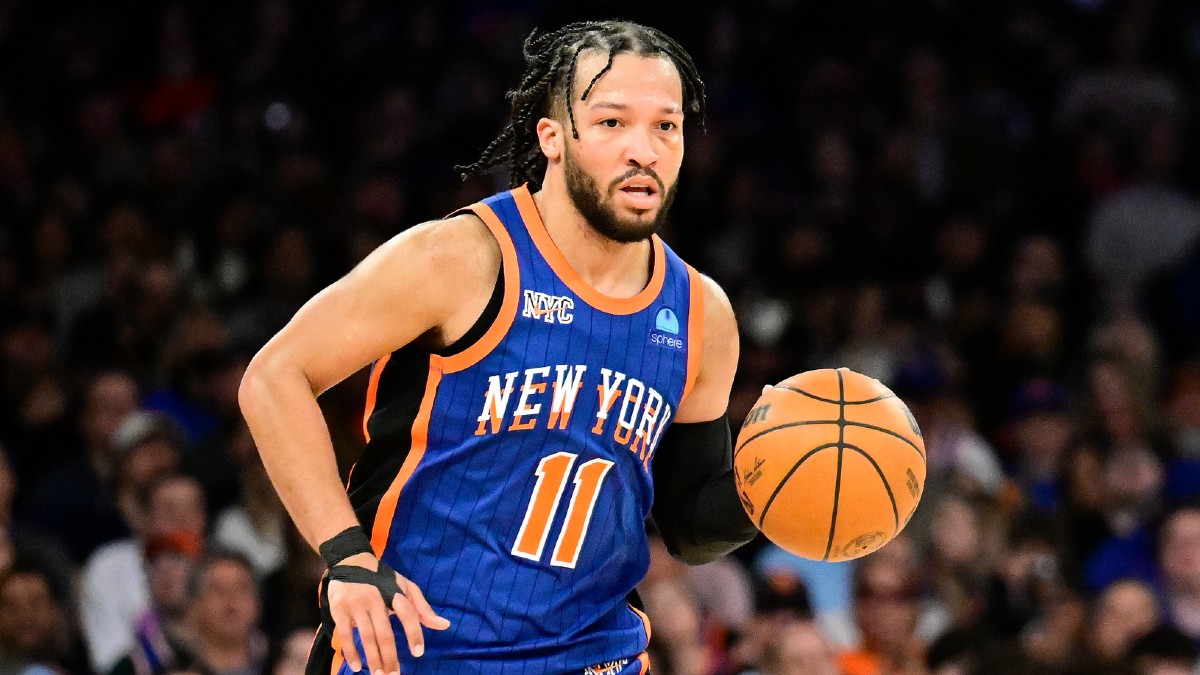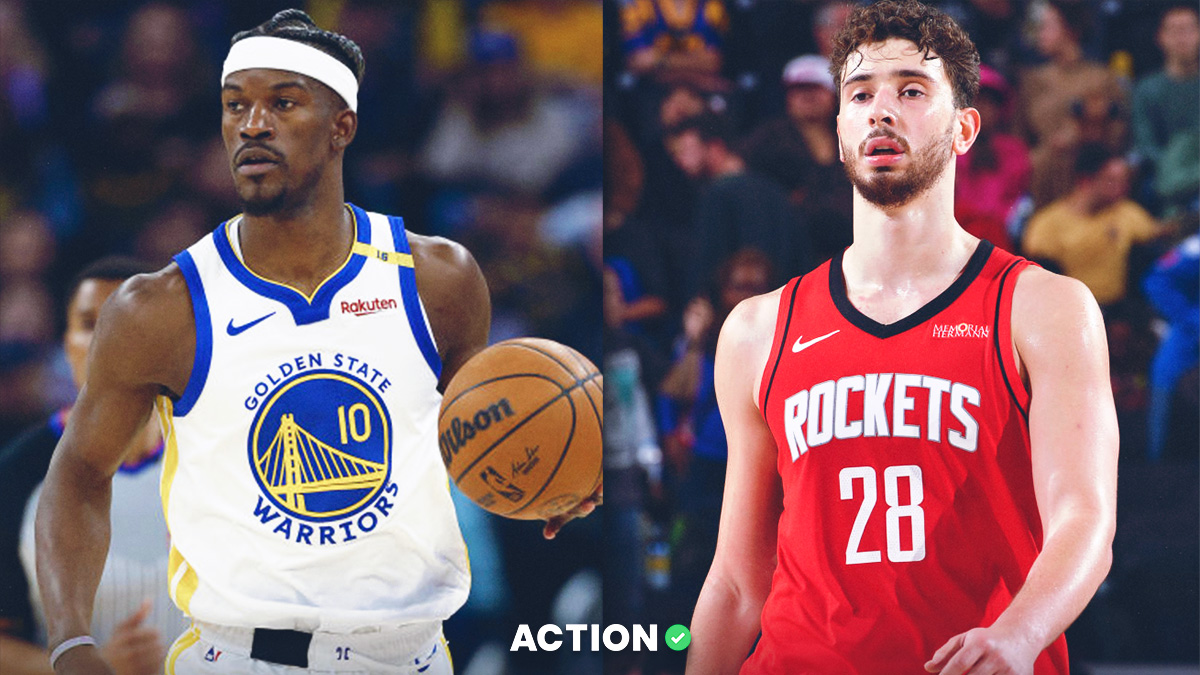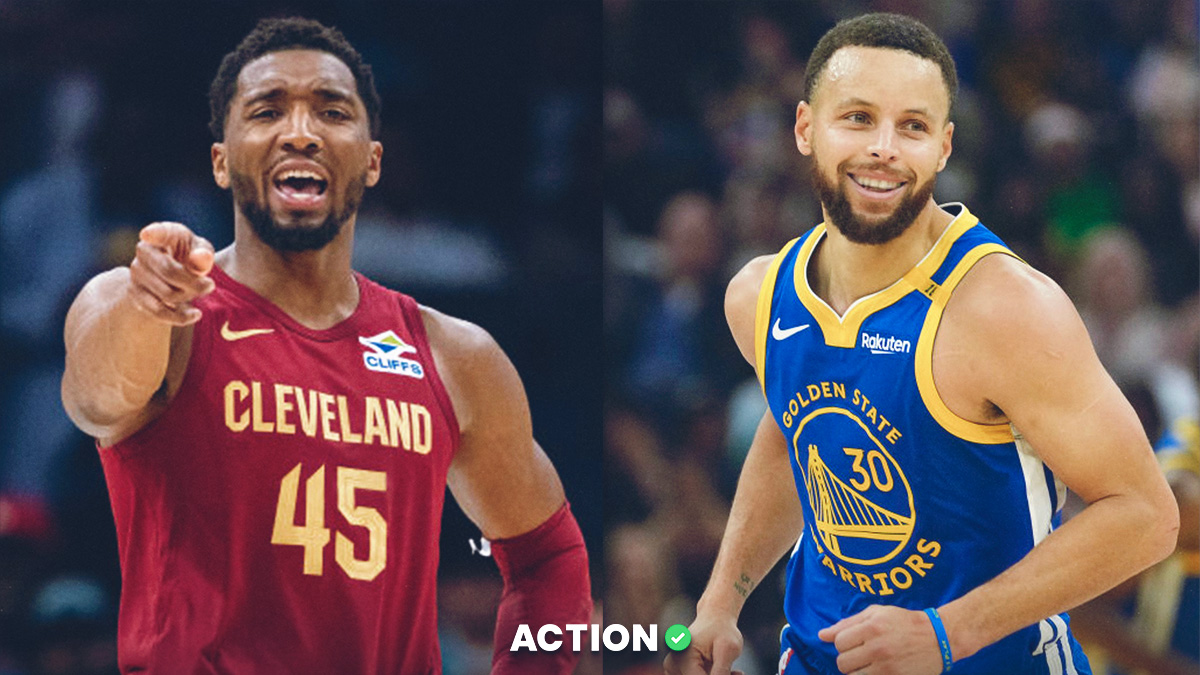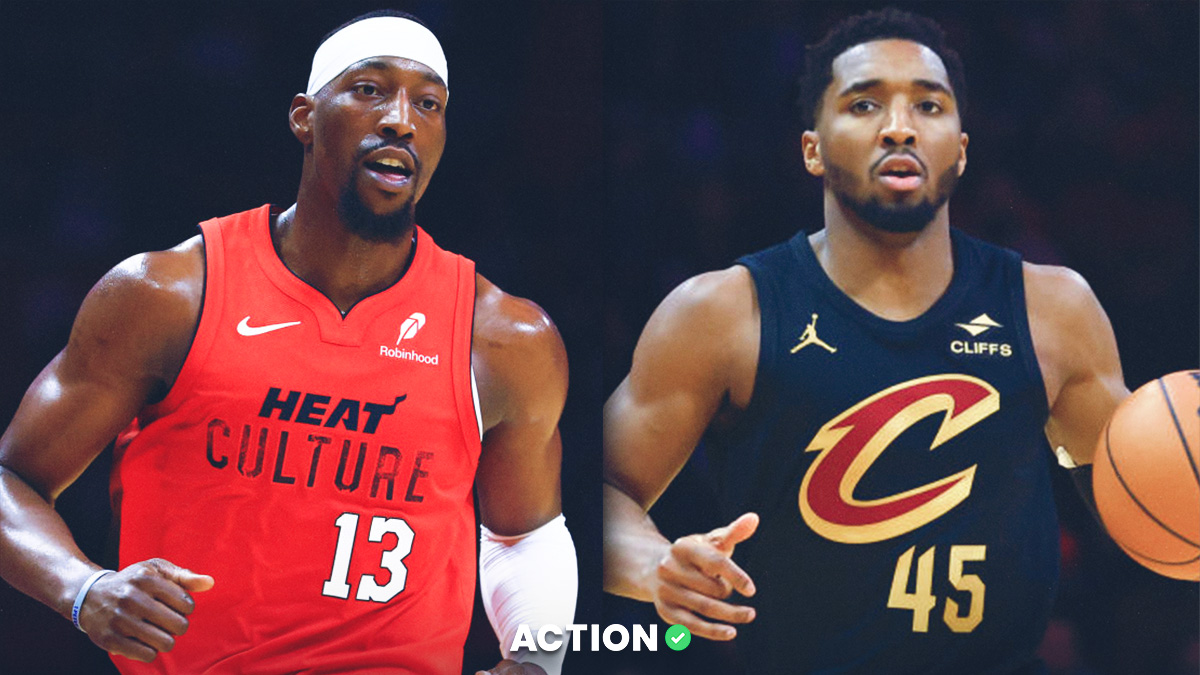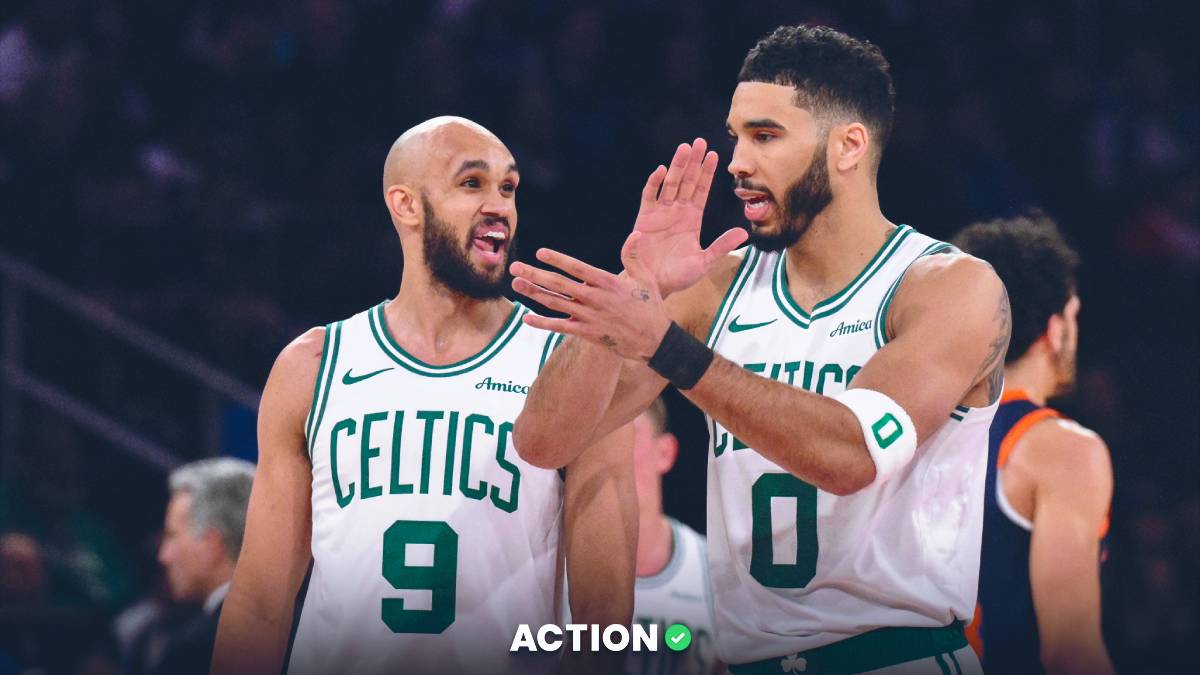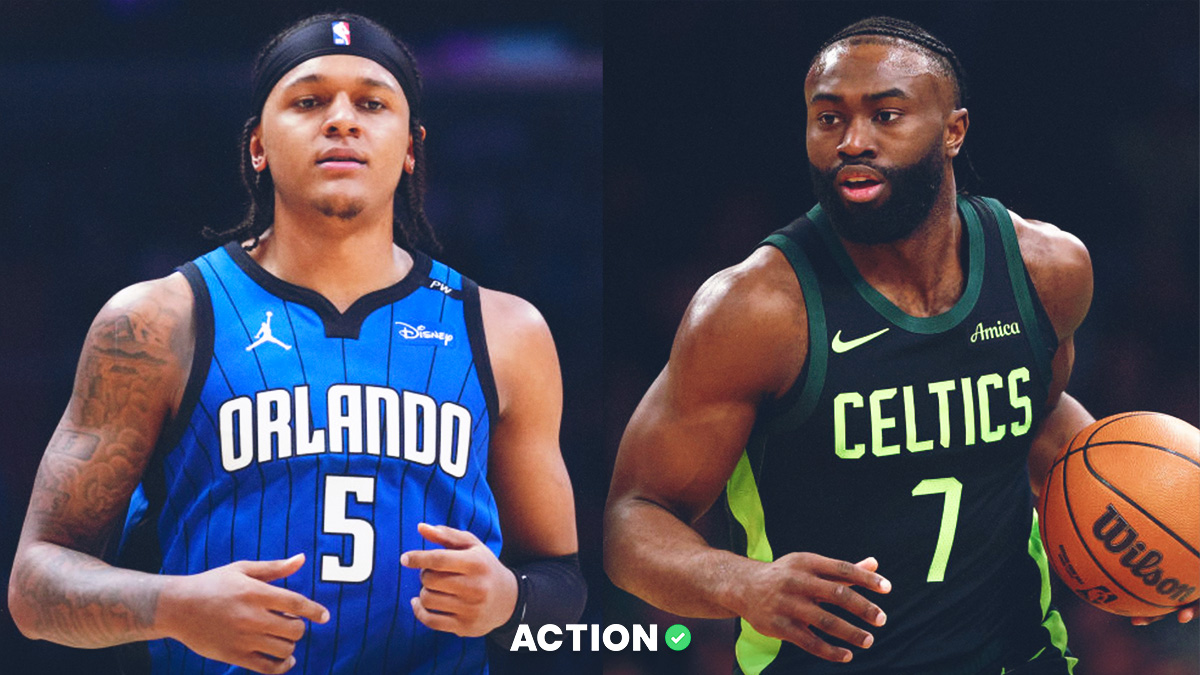The Knicks' fortunes really started to turn when they signed Jalen Brunson in free agency. They then got a small taste of postseason success last season, winning their first playoff series since 2013.
Brunson's first year with the Knicks was sort of like a test run to see what worked and what didn't. Fast forward to this season, and although the Knicks (33-22) are in the midst of a four-game losing streak, they remain on an upward trajectory after finally identifying the necessary pieces to pair alongside Brunson.
So, how should we bet the Knicks moving forward? Let's analyze the situation, then find a NBA futures bet to make.
Too Many Lefties
Brunson's ability to find his own shot and create for his teammates means the Knicks want the ball in his hands as much as possible. However, at times, New York's offense got a bit static because it lacked players who could be effective without the ball. The Knicks desperately needed better spacing and players who could occupy the wing while allowing Brunson to drive or kick the ball out to an open shooter.
One of the challenges the Knicks faced when acquiring Brunson was that he joined RJ Barrett and Julius Randle as a third left-handed shooter in the starting rotation. Kevin Chin, formerly of The Wright Way Network, wrote that in 2023, of the 33 left-handers in the league, 12% were on the Knicks.
The result of such a left-handed dominant team meant that the Knicks had three starters who tended to occupy the same side of the court.
Using Second Spectrum's player tracking technology, ESPN's Chris Herring identified that in Brunson's first year in New York, the Knicks attempted more jump shots from the right side of the court than any other NBA team over the past five years.
Herring went on to add that the Knicks had a net negative offensive efficiency rating when the three left-handers were on the court together.
Something had to give, and with the Knicks already committed to building around Brunson and Randle, the 23-year-old Barrett became expendable as a valuable trade piece.
OG Anunoby's Impact
By trading Barrett in a package that included Immanuel Quickley and a 2024 second-round pick in exchange for OG Anunoby, Malachi Flynn and Precious Achiuwa, the Knicks solved their congestion problem on the right side of the court.
Anunoby also doesn't need the ball in his hands to be successful. For example, according to NBA.com, he averaged 1.44 dribbles per touch last season compared to 2.4 for Barrett.
Anunoby also shot 38.7% from 3 last season, while Barrett shot 31%.
Additionally, Anunoby is an elite defender who can guard all five positions. In his first month in New York, he almost single-handedly transformed the Knicks' defense.
Herring pointed out that before Anunoby's arrival, New York's opponents averaged 124.4 points against them in December. In January, that number dropped to 100, the league's most significant month-to-month improvement in points allowed per game.
What's Next?
Anunoby recently suffered an injury and had surgery to remove a loose bone fragment in his right elbow. He (along with Randle) has missed the Knicks' past nine games, and New York is 4-5 and allowing 110.7 points per game in that stretch. Neither player is expected back with the team until the end of February.
Those injuries compelled the Knicks to bolster their roster at the trade deadline by adding Bojan Bogdanovic (19.7 points per game) and Alec Burks (12.6 points per game) from the Detroit Pistons in exchange for Quentin Grimes, Evan Fournier, Ryan Arcidiacono, Flynn and two second-round picks.
If you look at the top teams in the Eastern Conference, I don't think you could find one that did better with its trade capital than the Knicks. Each player the Knicks jettisoned either played a bit part on the team or didn't fit the long-term plans.
As for the other contenders, Boston acquired guard Jaden Springer (Philadelphia) and forward Xavier Tillman (Memphis), but neither is a significant piece.
Cleveland could've been aggressive at the deadline, but chose to stand pat after going 18-2 in its past 20 games.
The Bucks landed Patrick Beverley, but still have all kinds of chemistry issues after firing Adrian Griffin as their head coach and replacing him with Doc Rivers. Milwaukee is 5-8 following Griffin's dismissal and 3-7 since Rivers officially took over.
The 76ers improved with the acquisition of Buddy Hield, but their playoff chances will ultimately depend on the health of Joel Embiid (knee). The reigning MVP isn't expected to return until early April and his playoff injury history is a big concern.
The 76ers also haven't reached the Eastern Conference Finals since Allen Iverson led them there in 2001.
If we move on to the Pacers, I have my doubts about whether their style of play will translate to the postseason — when teams ratchet up the defensive intensity. Per TeamRankings, the Pacers rank 26th in defensive efficiency, allowing 115.6 points per 100 possessions.
And although Miami is seventh in the conference, it has one of the best postseason performers in Jimmy Butler. Adding Terry Rozier (20.6 points per game) from Charlotte should also help the Heat immensely.
Yes, the Knicks can slip even lower than their fourth seed while they wait to get some players back from injury, but they might be the deepest team in the East when healthy. They also addressed their needs defensively with Anunoby and improved their perimeter shooting with Bogdanovic and Burks.
As long as the Knicks can finish above the eighth seed, they should avoid facing Boston in the first round of the playoffs.
From there, the Knicks could certainly make a run given the limitations of the teams above them. As a result, I see Boston and Miami as two potential opponents for the Knicks should New York reach the conference finals.
For those reasons, I'll target two exacta conference matchups at DraftKings, with New York at +1000 to face the Celtics and +4000 to take on the Heat.


